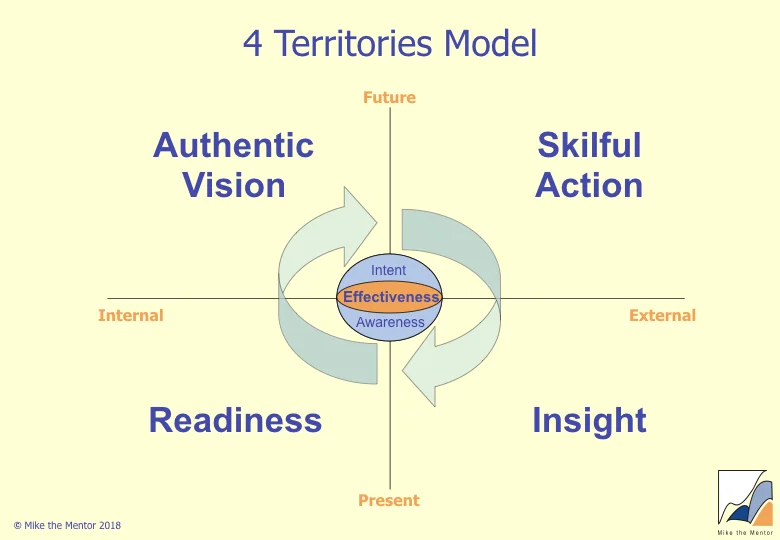Competing Commitments
/How is it that, despite being committed to change, we so often fail to make the changes we are committed to? Kegan and Lahey provided an answer in their book Immunity to Change: How to Overcome It and Unlock the Potential in Yourself and Your Organization. They suggest that, if we are not making happen what we claim to be committed to, then there must be a stronger, competing commitment to which we are unknowingly committed.
Their process for uncovering this stronger competing commitment is simple and effective and can be used with both individuals and groups. I have slightly adapted it here:
Improvement Goal (Commitment): Identify something that it is important to you to have or that you value, which you don't yet have in your life, completing the stem “I am committed to …”
Behaviour: Given that the commitment you have just identified is not currently being fulfilled in your life, complete the stem "What I'm doing, or not doing, that is preventing my commitment being more fully realised is ...".
Worry: The reason why you are not achieving your column 1 improvement goal may be that doing what it would take to achieve this goal would be too uncomfortable. So the next step is to identify the worries/fears that may be preventing you from achieving your goal. Complete the stem "I'm afraid ..."
Competing Commitments: Given what you're doing, or not doing, what does this suggest you're actually committed to? That is, identify the stronger more compelling outcome that you are actually committed to (the Competing Commitment). Complete the stem "I may also be committed to ...". Having done this you should be able to see your change-prevention system (how your competing commitments systematically generate the very behaviours that prevent progress on your goal) and your anxiety-management system (how generating these behaviours helps you ward off some of your worst fears).
Big Assumptions: Driving your competing commitments will be one or more assumptions that you treat as true. To uncover this Big Assumption, complete the stem "I assume that if my competing commitment is (not) met, ..." with how you might feel then. (If you come up with something that unnerves you a little, then you are probably on track. If you come up with something noble, you probably need to try again!)
For example:
Improvement Goal (Commitment): I am committed to managing my time better and having a better work-life balance.
Behaviour: What I'm doing that prevents my commitment from being more fully realised is working weekends, over-preparing and procrastinating.
Worry: I'm afraid that if I don't work hard I'll be thrown out.
Competing Commitment: I may also be committed to doing perfect work.
Big Assumption: I assume that, if I'm not perfect, I'll be rejected.
If we then read this sequence backwards, we can see that, given the Big Assumption, it is entirely appropriate to pursue the competing commitment, and in turn to behave in a way which prevents us achieving our actual goal. Sometimes, merely being aware of the conflicting commitments allows us to change our behaviour. If not, one way forward is to find ways to challenge the Big Assumption that drives the dynamic, for example by noticing evidence that challenges it (When I screw up, actually I don't get thrown out), exploring its origins and whether it is still relevant (I've been sent away to school because I'm not working hard enough), or finding opportunities to test it and see how we feel (Do a good enough rather than perfect piece of work). As we recognise that the Big Assumption is not the truth, so we free ourselves to achieve our commitments.
Mental Complexity and Leadership Effectiveness
What is particularly interesting about the process is that it may also provide the technology for accelerating the development of mental complexity. This is important because mental complexity is one determinant of leadership effectiveness (see Vertical Development). Kegan & Lahey state that what produces greater mental complexity is "optimal conflict:
the persistent experience of some frustration, dilemma,life puzzle, quandary or personal problem that is ...
perfectly designed to cause us to feel the limits of our current way of knowing ...
in some sphere of our living that we care about, with ...
sufficient supports so that we are neither overwhelmed by the conflict nor able to escape or diffuse it." (p 54)
The Immunity to Change mapping process surfaces this optimal conflict and moves it from being part of the lens through which we see the world ("subject") to something we see in our world ("object") - and thus something we are conscious of and can work to transform. And in transforming it we move beyond some of the limitations of our previous world view and so increase our potential for effective leadership.

